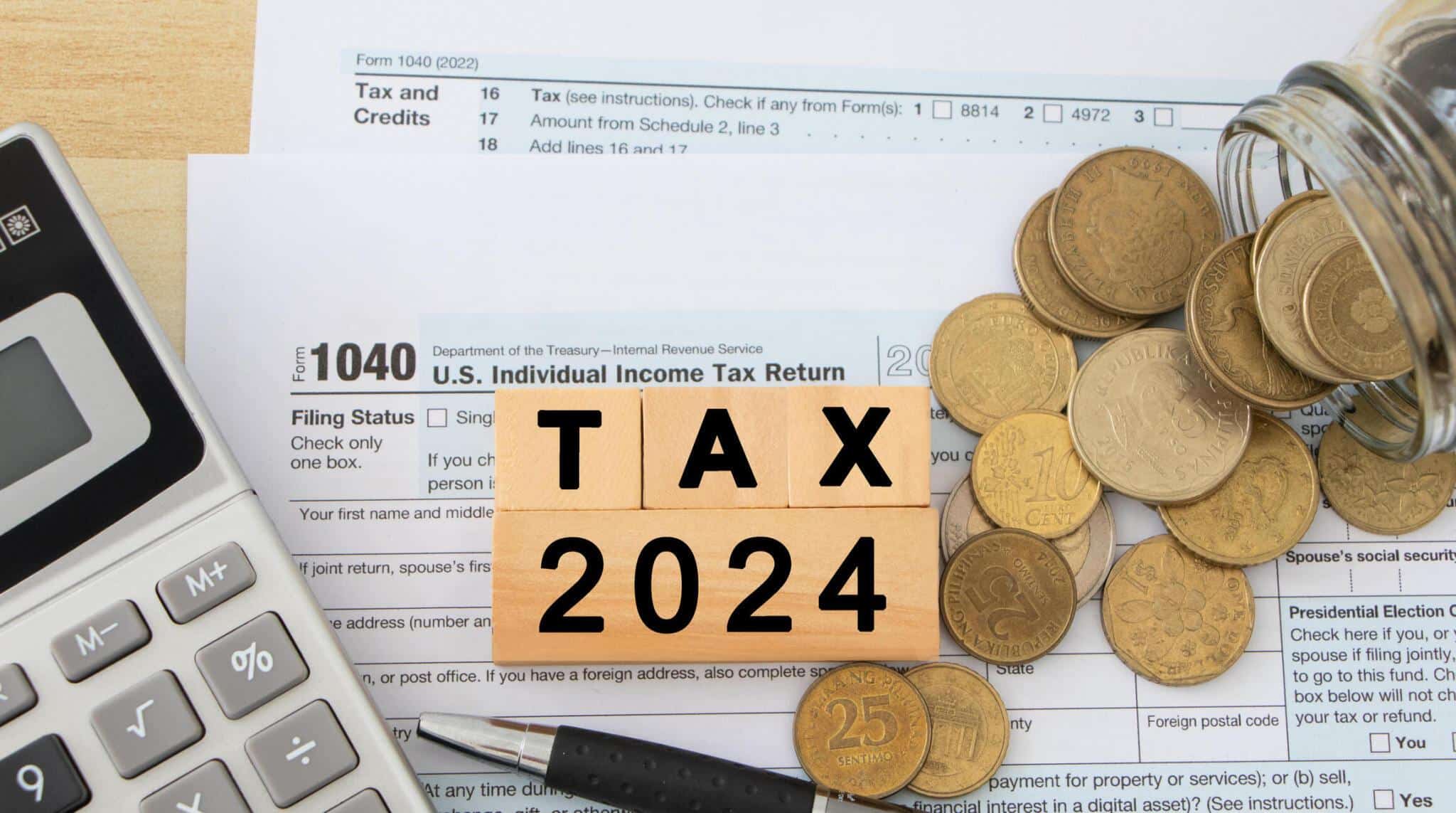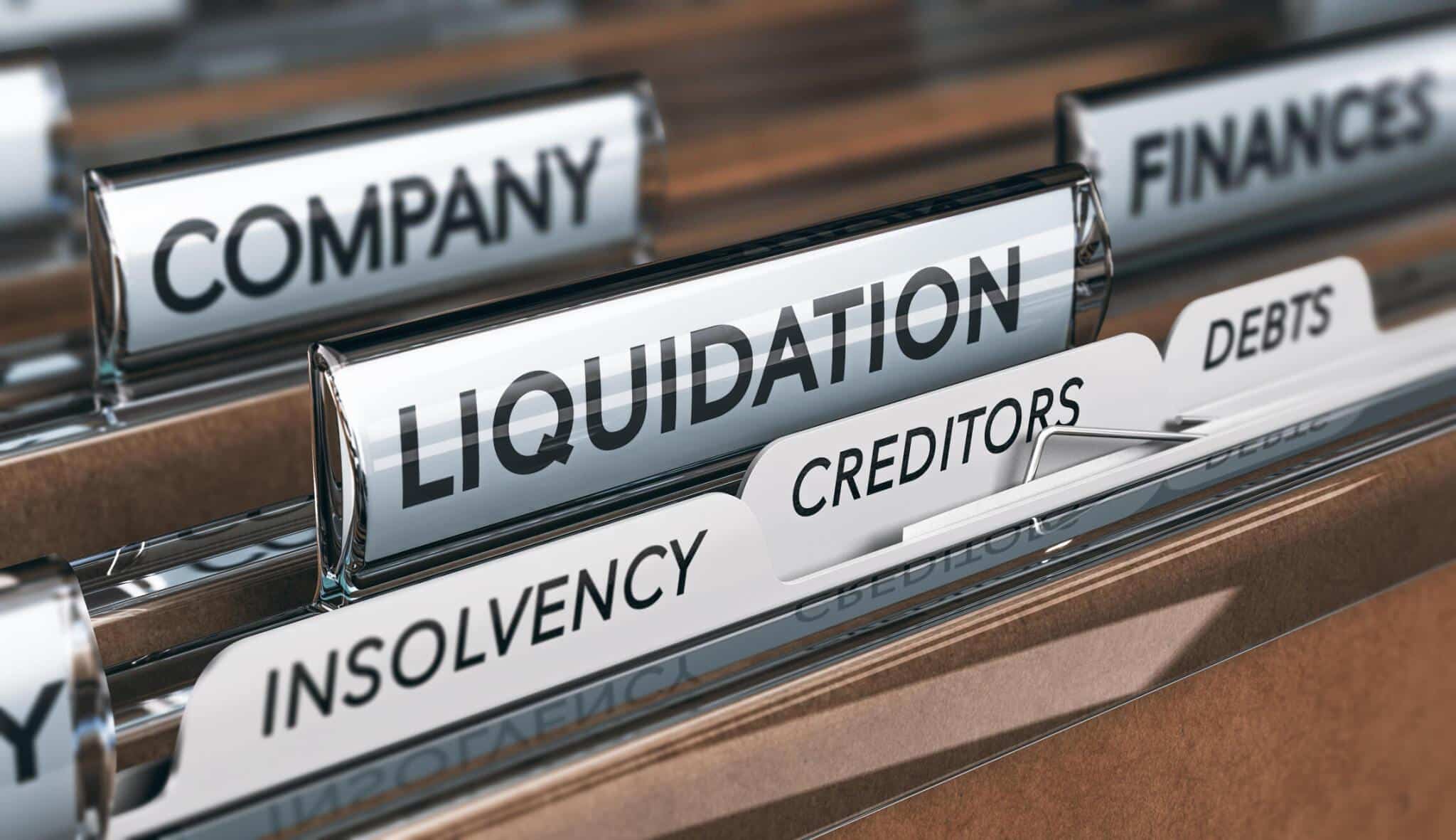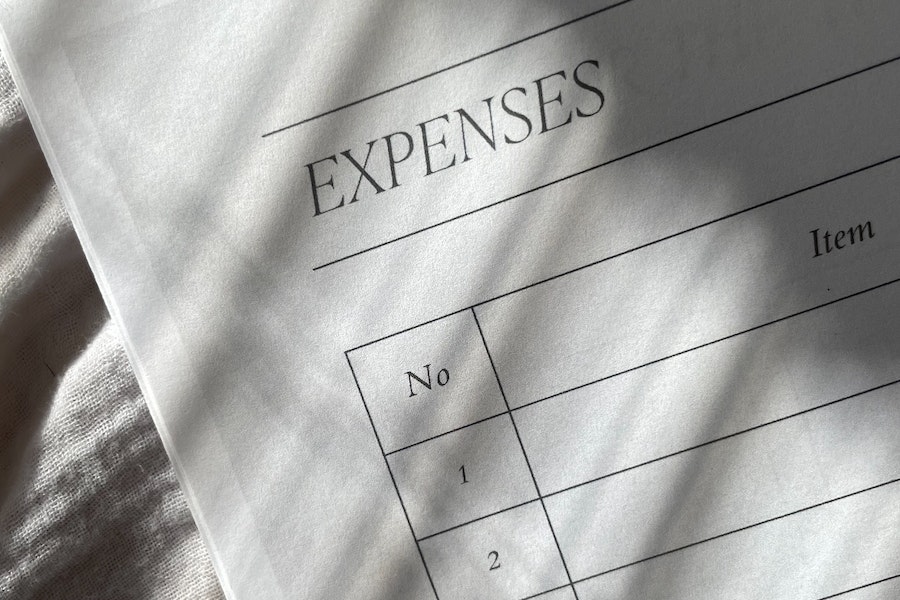Dealing with accounts outstanding is a universal issue for small business and it seems to be worse than ever in 2024. Recent research shows unpaid bills are predicted to cost small to medium enterprises (SMEs) around $22 billion this year.
If this is a problem that plagues your organisation, you need to take action, review your invoicing practices and get rid of the clients who don’t pay.
Make this your resolution for the year; no more unpaid invoice problems. Here are five questions to ask as you take action to point things in a better direction.
1. Are my invoices easy to access and pay?
Invoices need to be clearly presented, with the right information and multiple payment options.
An invoice should include the:
- Invoice number
- Due Date
- Outline of goods or services
- Amount expected
- Options for payment
Issuing digital invoices is the best way to keep track of who owes what, and your clients will be able to find them in their inbox (that means no “I lost it” excuses).
In terms of options to pay, try to make things easy. Set up options for:
- Direct debit
- PayPal
- Credit card payments (via Stripe or eway)
- Wise (great for international transfers)
- PayID (so your clients can transfer money using your phone number instead of your bank details)
2. Have I set clear payment terms?
Before you start working with someone, be transparent about your expectations so your client or customer knows exactly what is required of them. If possible, this should include a written agreement.
When you sign up a new client, outline:
- Due date
- Accepted payment methods
- Any penalties you might have in place for late payment
You do have the right to charge interest on late payments, although it cannot be an unreasonable amount, and it must be clear in your terms and conditions.
3. Do I have a system for following up on late payments?
Don’t passively wait for payments to come in. If a payment is late, you need to chase it.
This can now be done automatically using emails or SMS. You can set reminders just before and right after the due date, with an indefinite finish date so the client knows you haven’t forgotten.
If these have stopped working, have a plan to reach out to people. Your bookkeeper may be able to do this for you.
There are also legal avenues you can go down; even a formally worded letter from your lawyer may trigger the payment.
4. Should I offer incentives for early payments?
Offering incentives for early or upfront payments is a great motivator. If it’s taking you hours to follow up on late invoices, that’s a time cost, so earning slightly less but freeing yourself from the need to chase people down may keep you ahead financially.
You’ll also have the benefit of healthier cash flow because you are getting paid before you do the work.
5. Can I create direct debit arrangements to generate more monthly recurring revenue?
Like a subscription service, you can arrange regular direct debits from your clients. This will give you more predictable cash flow and the confidence to grow your business further.
You’ll always have a few clients who default but the majority will be fine with this arrangement because it will give them one less thing to think about.
Finally…
Another option is invoice finance. This is an arrangement where a lender pays you the cash you’re owed (or around 70 percent of an invoice’s value) and then they recoup their expense when the client comes through with the money.
If you work at a larger scale and have clients who don’t pay for periods of up to three months, this can be a good option to stay on top of cash flow.
Say no to late payments
Tired of clients paying late? Get rid of them or at least get in touch and give them a finish date for your services. You don’t have to be their bank and you don’t have to do them any favours by allowing them to get behind on their bills. By moving on, you’ll be making room for a new, better client.
Need help to improve business cash flow? Contact Mobbs & Company today.










